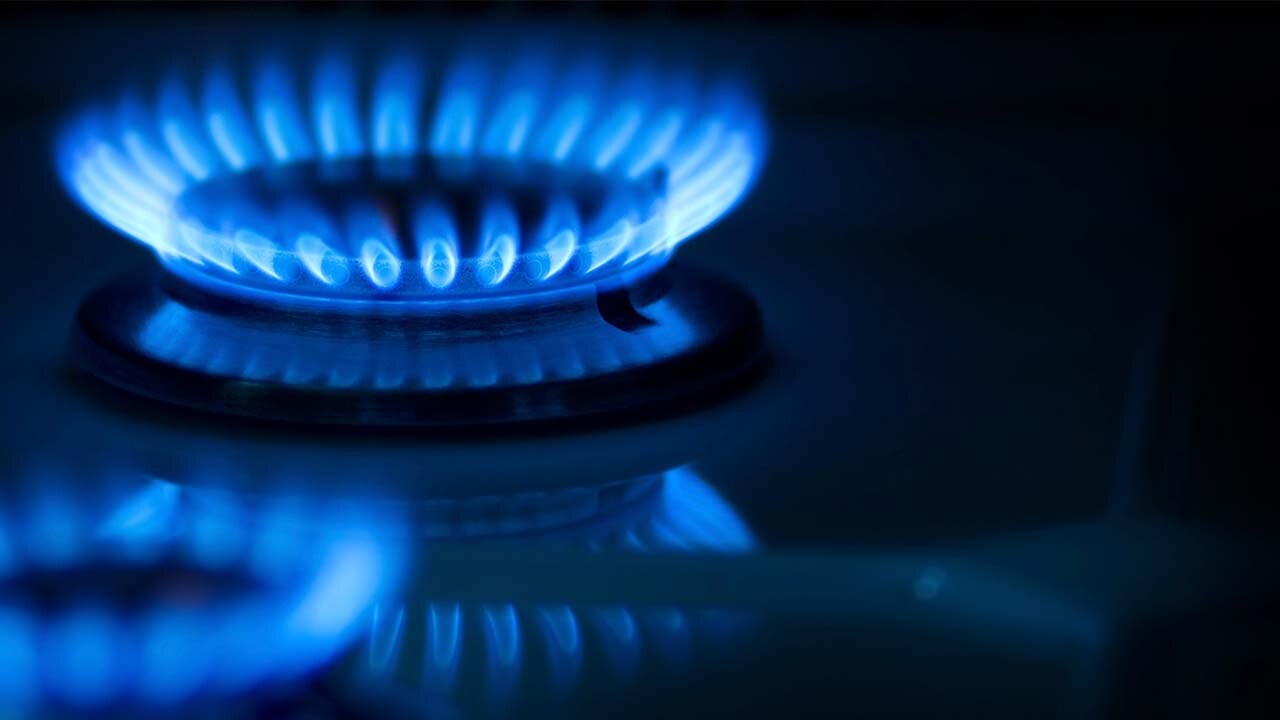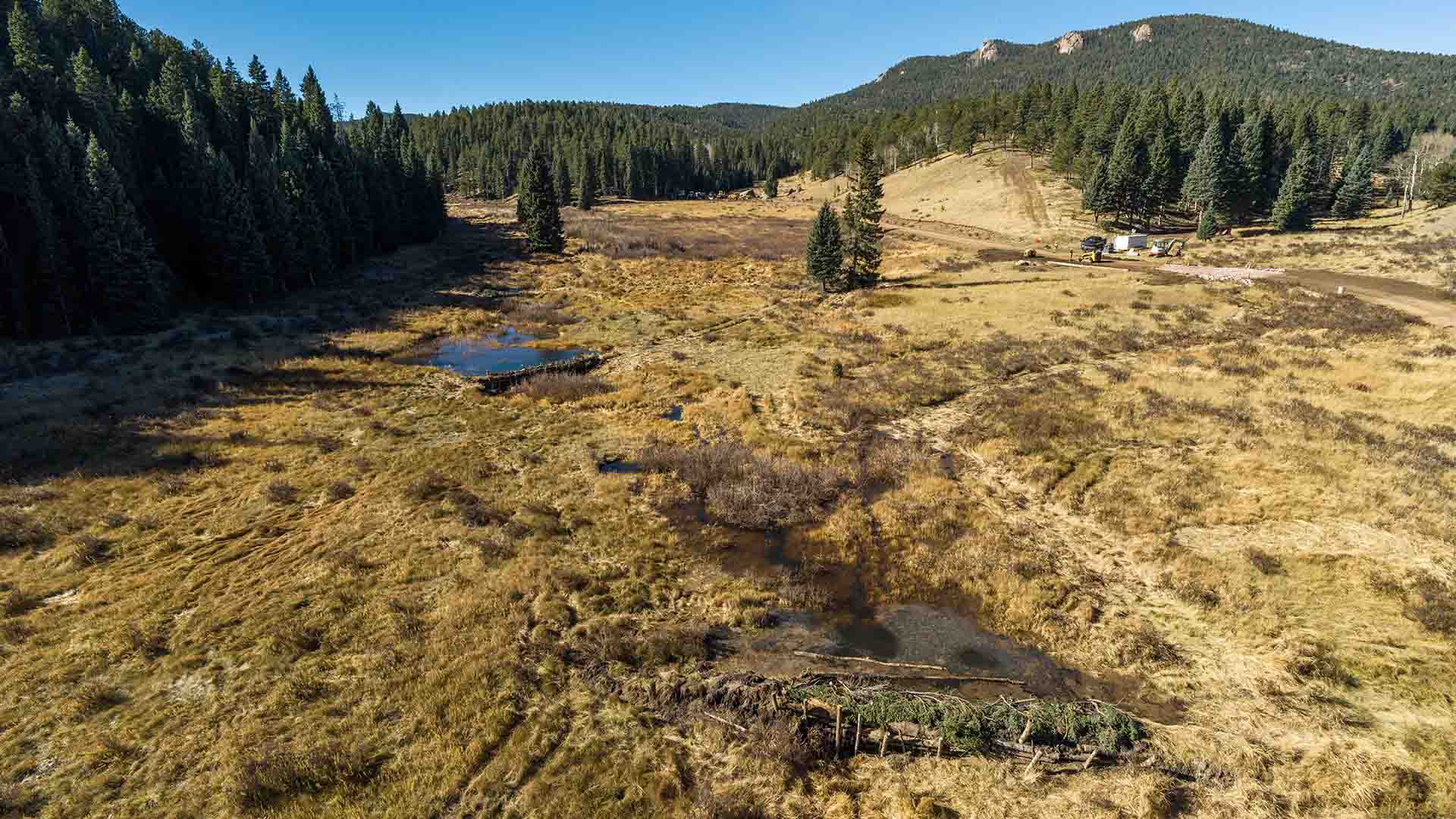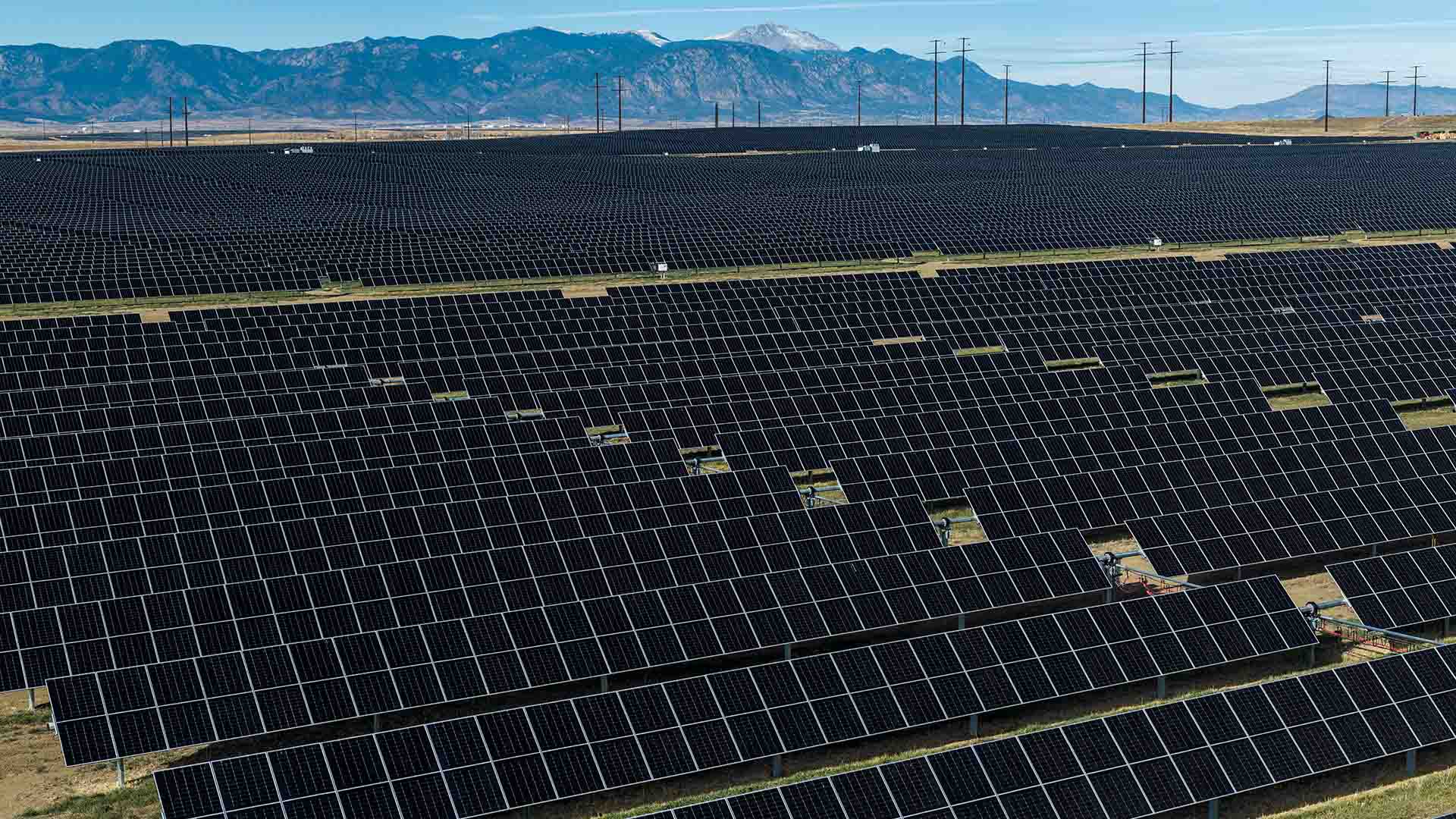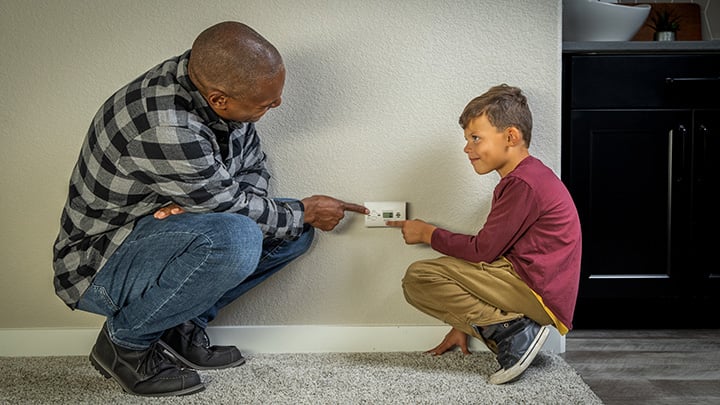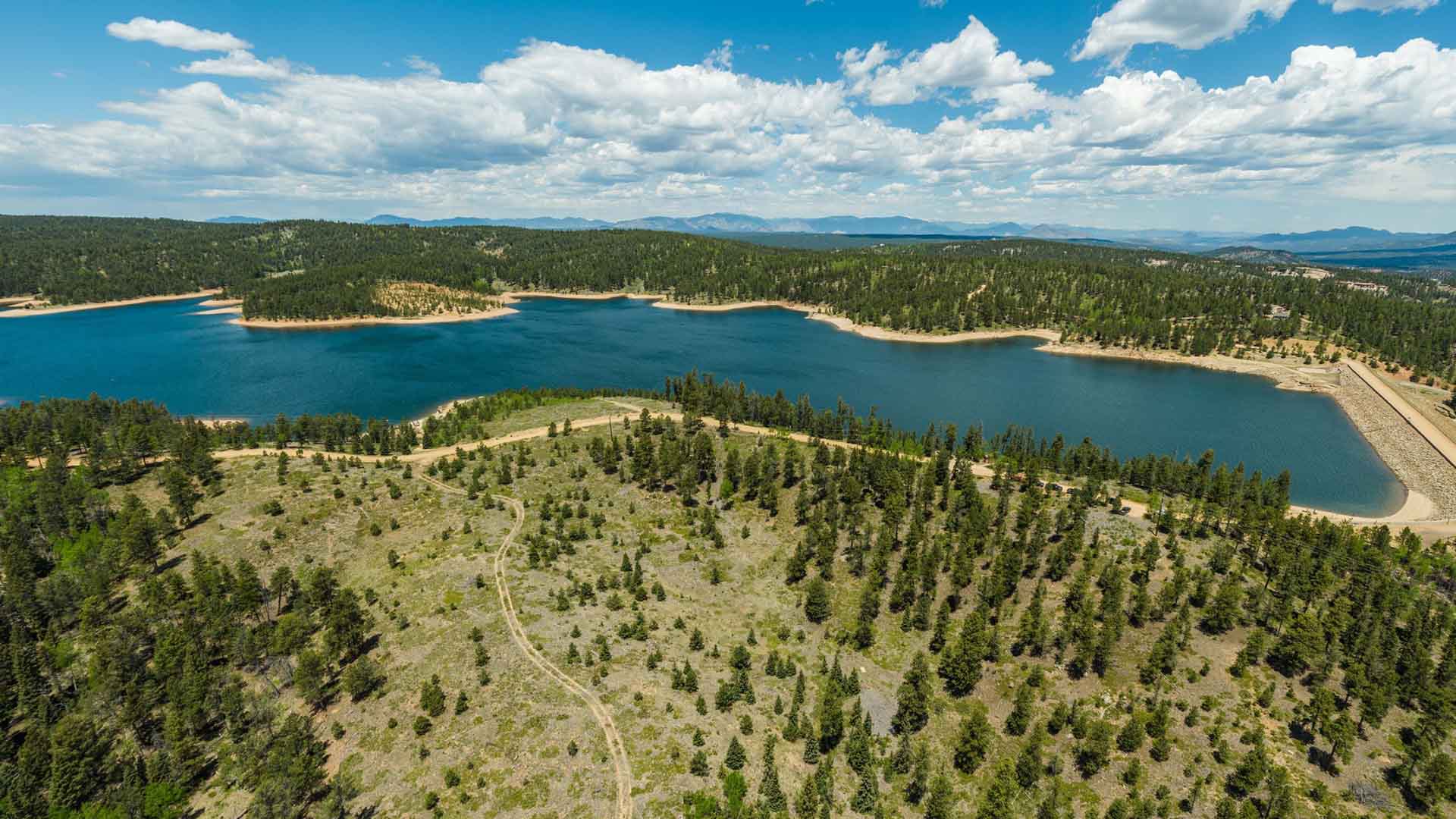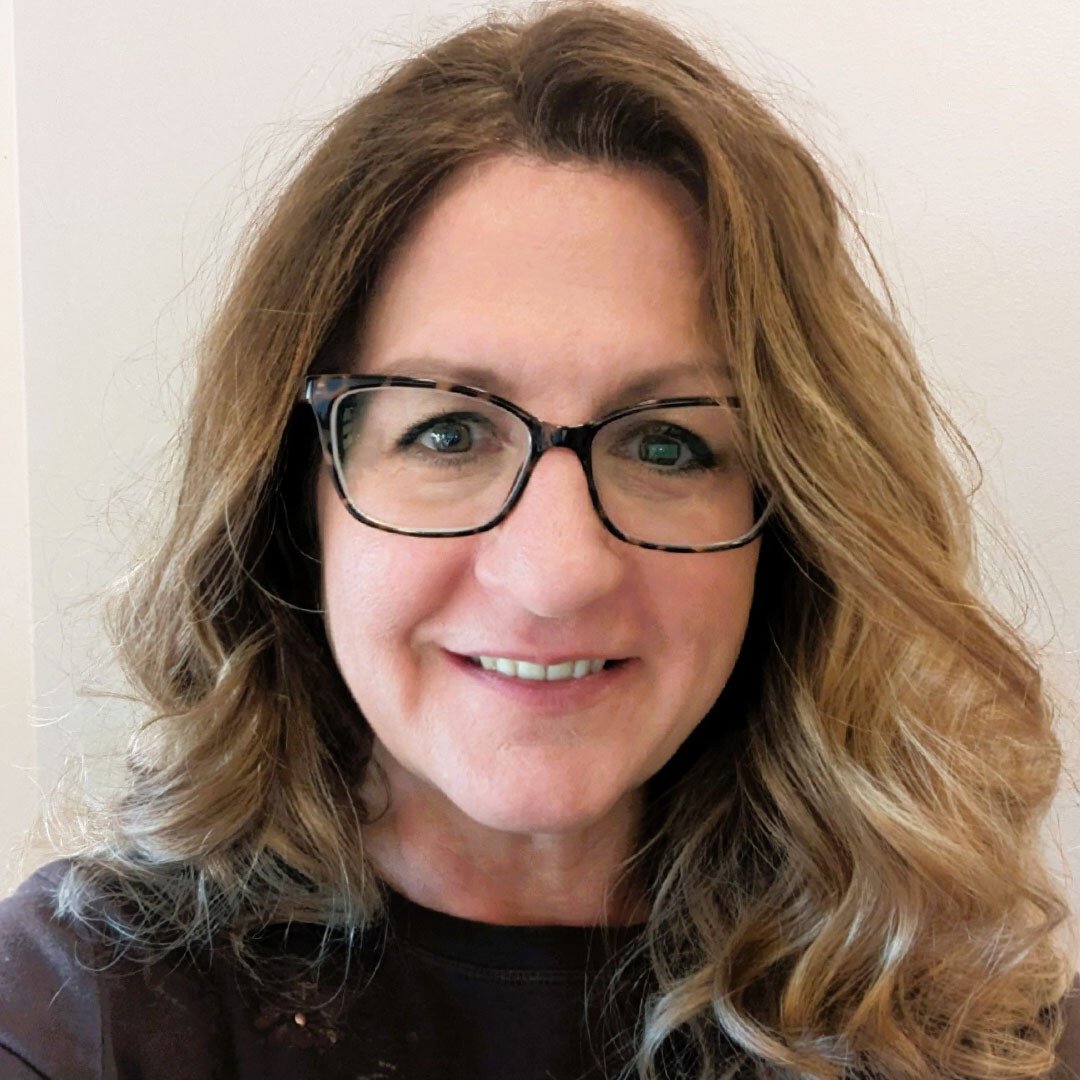
Jennifer J.
Duration: 1 minute
Published on September 9, 2021
In This Article
Preventing and repairing leaks in our system is critical for safety and water loss prevention. But with more than 2,200 miles of water infrastructure to maintain in our service area, it can be a challenge to pinpoint the source of a problem.
Customers are often first to report signs of possible leaks, such as water bubbling from the ground, soggy turf or pooled water. When these situations arise, our leak detection team springs into action.
Our Leak Survey and Detection Program, established in 2012, is a team of 10 employees with specialized equipment to help them isolate the source of a leak with minimal disruption to streets and landscape.
One of their unique tools is a magnetic data logger. The logger picks up audible leaks when it's attached to metal, such as an irrigation pipe, water main valve or probe rod in contact with a water main. During a set period of time - such as overnight - the logger captures data, which can be reviewed to help isolate the source.
Once the sound of a possible leak is localized, a highly-sensitive microphone is attached to the probe rod or through the valve on the curb stop box and a team member, crouched low to the ground and sporting a headset, starts listening intently. The sight of one of our crew literally “putting an ear to the ground” often captures the attention of passers-by.
“Yeah, we get some curious looks,” says Leak Survey Specialist Tyler Endres. “But that leads to good conversations and an opportunity to explain how we trouble shoot potential leaks.”
Team members have learned to filter out ambient noise and focus on the sounds water makes when it moves underground and through different conduits.
“Natural groundwater seeping up sounds different than a leak from a pipe,” explains Operations Supervisor Andrew Cripe. “A small leak from a pipe is actually louder than a larger one.”
Groundwater seepage is frequently the culprit of reported leaks. To determine if seeping water is groundwater or treated (potable) water, the team can test a sample on site with the portable labs they carry in their vehicles. If the leak is tracked to a private line, they notify the property owner.
Since the program’s inception, more than 1,100 potable leaks have been detected and repaired. The team's efforts have prevented significant water loss, further infrastructure deterioration and the expense associated with larger breaks.
As we all work toward more efficient water use, here are some ways you can identify and correct possible leaks at your home or business.
- Review monthly water use for increased consumption if you have an unusually high bill. Contact a professional if you suspect a leaking pipe on your property.
- Lift the top off the toilet tank to see if water is running into it continually (it shouldn't). Replace older toilets with efficient WaterSense® toilets and recycle the old ones.
- Perform routine maintenance and inspection of your irrigation system. Save water and money when you upgrade your irrigation system and apply for a rebate.




